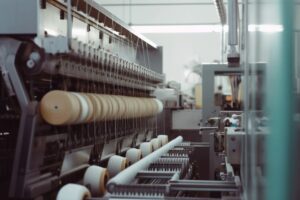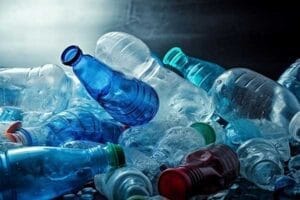Introduction of PU leather
Polyurethane synthetic leather (PU leather) is the most ideal material in the world to replace natural leather products, mainly used in shoes, clothing, bags, balls, furniture, automobiles, flexible containers, pipes, conveyor belts, canvas and other fields.

As a kind of thermoplastic elastomer, PU leather has the advantages of oil resistance, wear resistance, cold resistance, flexural resistance, good mechanical strength, etc.. But there are also disadvantages such as poor hydrolysis stability, light discoloration, not resistant to mold and heat, poor moisture permeability.
With its shortcomings, PU leather sometimes cracks and even peels off piece by piece. Obviously, if the shortcomings of PU leather can be overcome, its application scope will be further expanded. Since the PU coating is located in the surface layer of PU leather, so the aging problem of PU leather actually becomes the aging problem of PU coating.
The main factors affecting the aging of PU leather
In the nature, there are heat, air, sunlight and moisture commonly exist, which are the factors affecting the aging of PU leather.
1. The influence of heat
The stability of polymer usually depends on its chemical structure and bond dissociation energy. PU is not a homopolymer. It is formed by polyisocyanate, polyol and amine chain extender, etc., So raising the ambient temperature equals to provide the bond dissociation energy. As a result of heat, the following reaction occurs: R-NH-CO-O-R’→R-NH-R’+CO2↑
As a result of thermal degradation, the mechanical properties of the product are reduced. Under the influence of heat, a free radical chain reaction is also triggered by oxygen in the air, which starts at about 80℃ and accelerates above 100℃.
2. The influence of light
The PU prepared byaromatic isocyanates degrades under UV light. The product turns to yellow due to the generation of quinones under the light. Then with cross-linking reaction, embrittlement occurs.
3. The influence of moisture in the air
Water on PU plays as two roles, the first is the role of plasticization. Water molecules penetrate into the PU macromolecular network, getting together with polar groups to form hydrogen bonds, weakening the interaction between adjacent molecules, thereby reducing the mechanical properties.
This process is reversible. When the water is discharged, the mechanical properties of PU are able to be repaired. The second is the hydrolytic degradation, resulting in a significant and permanent reduction in mechanical properties.
The method of improving the aging resistance of PU
To improve the aging resistance of PU, the most convenient method currently used is to add a variety of anti-aging additives. Anti-aging additives are heat stabilizers, light stabilizers, hydrolysis stabilizers, etc., generally the addition volume is less than 2%, and the effect is significant.
To improve the PU thermal stability, phenolic and amine anti-aging agents are often added. Light stabilizers are mainly benzophenones and benzotriazoles. To improve the hydrolysis stability of PU, carbodiimide hydrolysis stabilizer is often used.
Carbodiimide hydrolysis stabilizers include monomeric carbodiimide (containing only one carbodiimide functional group in the molecule) and polycarbodiimide (PCD, containing two or more carbodiimide functional groups).
Carbodiimide readily reacts with carboxylic acid to form stable acylurea, which inhibits the continuation of hydrolysis:

Therefore, the addition of carbodiimide to polyurethane products significantly improves the hydrolytic stability of the products.




